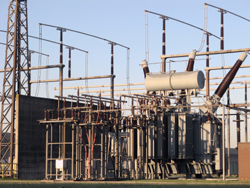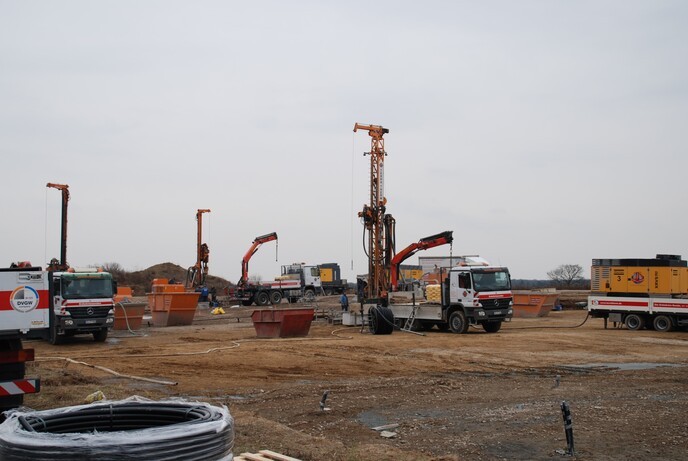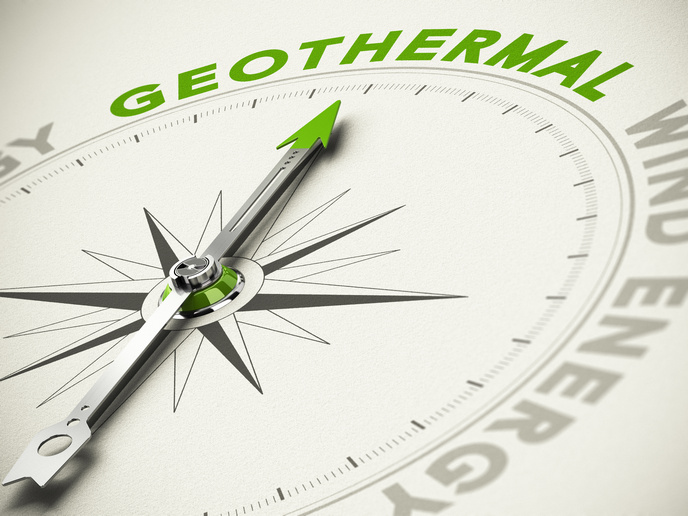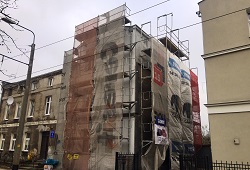Emission free compressed air energy storage
Conventional compressed air energy storage (CAES) power plants store off-peak energy by compressing air into underground caverns. During periods of peak demand for energy the compressed air can then be released from underground, then heated and used to drive turbines as it expands. Such CAES power plants are not emission free because the compressed air is heated with a fossil fuel burner prior to expansion. However, new technology in the form of advanced adiabatic compressed air energy storage (AA-CAES) enabled the medium to long term storage of electricity, with zero emissions. It employed heat recovered from the compression of air to heat the expansion process. The AA-CAES project established a database for experimental literature, data and models concerned with the thermodynamic and transport properties of humid air. Researchers addressed a number of challenges including the generation of thermodynamic data for homogenous and saturated states. Data was also generated for transport, viscosity and the thermal conductivity of humid air under high pressure. The team also developed models calibrated with reference data for the properties of humid air. The AA-CAES project sought to develop the technology as a means of electrical storage for disconnected grids, such as those found on islands. It can be used to compensate for shortfalls during periods of peak power usage, as a result of increased use of intermittent renewable energy such as that from wind turbines.







